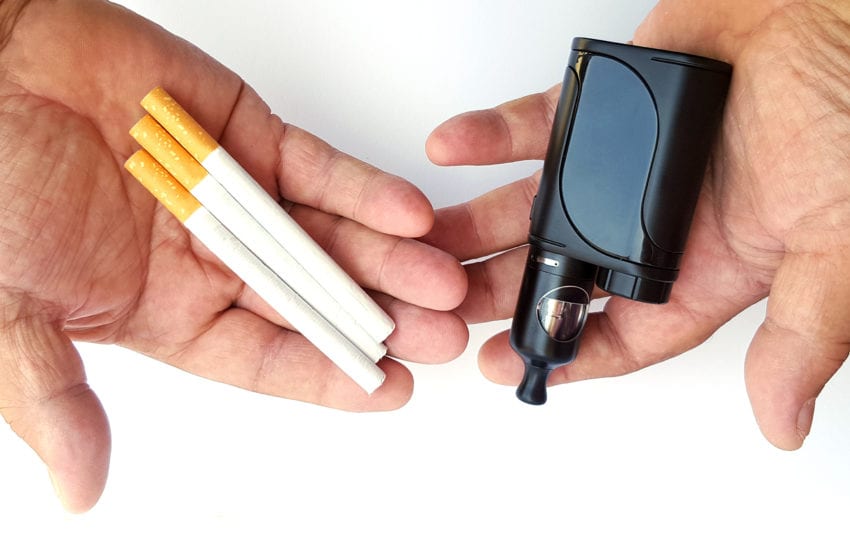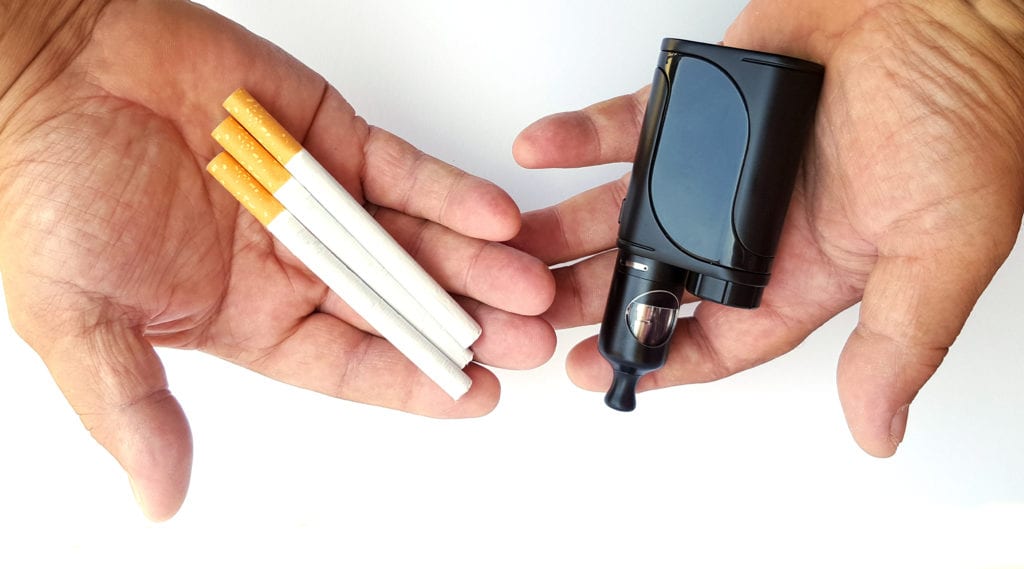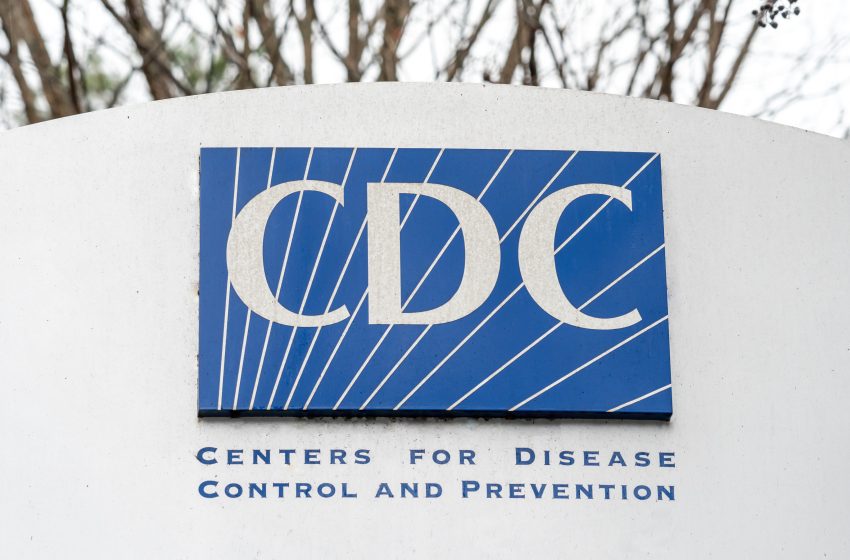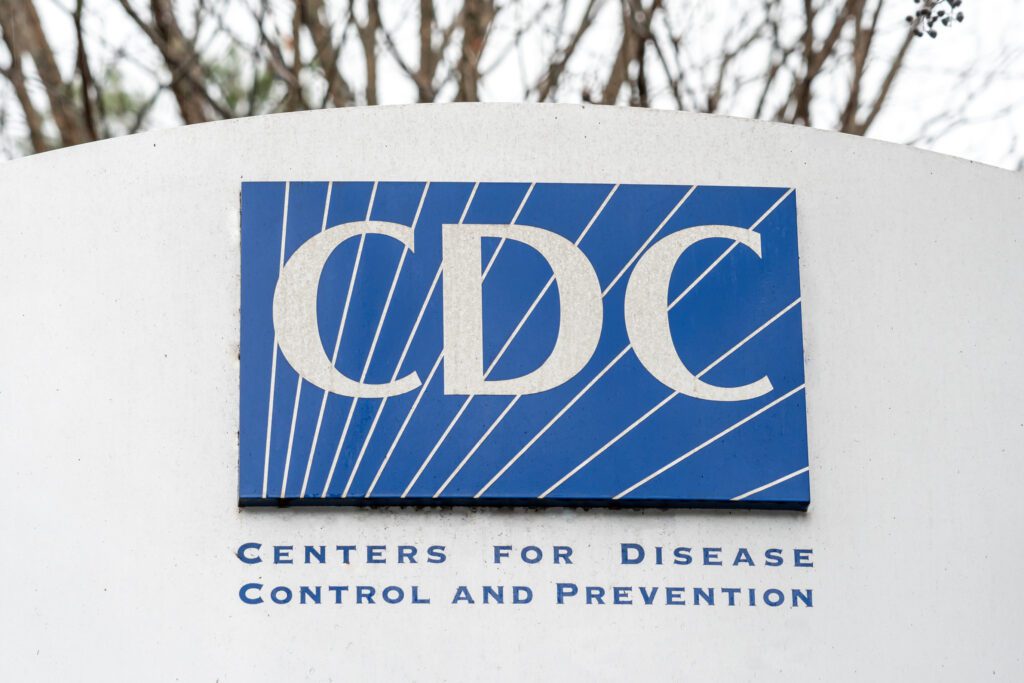
One in 10 U.S. middle and high school students reported using of any type of tobacco, according to data from the 2023 National Youth Tobacco Survey (NYST) that were collected between March and June 2023 and released today.
Among U.S. high school students, current overall tobacco product use declined during 2022-2023 from 16.5 percent to 12.6 percent, a development attributed primarily to reduced e-cigarette use, which dropped from 14.1 percent to 10 percent. Among high school students, declines in current use were also observed during 2022-2023 for cigars and overall combustible tobacco smoking, representing all-time lows.
“It’s encouraging to see this substantial decline in e-cigarette use among high schoolers within the past year, which is a win for public health,” said Brian King, director of the U.S. Food and Drug Administration’s Center for Tobacco Products, in a statement. “But we can’t rest on our laurels. There’s more work to be done to build on this progress.”
Among middle school students there was an increase in current overall tobacco product use (4.5 percent to 6.6 percent) and multiple tobacco product use (1.5 percent to 2.5 percent). However, among middle school students overall, no significant change was observed during 2022-2023 for current use of any individual tobacco product type, including e-cigarettes.

It’s encouraging to see this substantial decline in e-cigarette use among high schoolers within the past year, which is a win for public health. But we can’t rest on our laurels.
Brian King, Director, CTP
E-cigarettes remained the most commonly used tobacco product among both high school and middle school students for the 10th year in a row. Among youth who reported current e-cigarette use, approximately one-quarter reported using e-cigarettes every day. Disposable e-cigarette products were the most common product type used by youth who reported e-cigarette use. However, the most popular brands included both disposable and cartridge-based products. Among current youth e-cigarette users, the most commonly reported brands were Elf Bar (56.7 percent), Esco Bars (21.6 percent), Vuse (20.7 percent), Juul (16.5 percent) and Mr. Fog (13.6 percent).
Among youth who reported current e-cigarette use, nearly all used flavored products (89.4 percent), with fruit, candy, mint and menthol being the most commonly used flavors. For the first time in NYTS, the 2023 questionnaire asked about use of flavors that included the word “ice” or “iced” in their name, along with other concept flavor names—that is, names that imply flavor but do not explicitly indicate any particular flavor, such as “island bash.”
R.J. Reynolds Tobacco Co. said it welcomed the decline in overall youth tobacco use. “This is good news, and we agree with Dr. King that more needs to be done,” the company wrote in an e-mailed statement. “Future progress requires regulators—especially FDA—to seriously address the influx of irresponsibly marketed, illegal flavored disposable vapor products.”
In October, Reynolds filed a complaint with the International Trade Commission charging multiple manufacturers, distributors and retailers of disposable vaping devices with unfair importation.




















